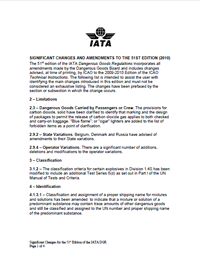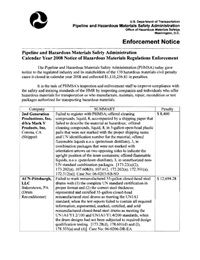FX-18 reads as the following:
Beginning January 10, 2011, FedEx Express will require all Shipper's Declarations originating in the U.S., excluding all 023 air waybill shipments, to be prepared using only the following methods:
(a) FedEx approved vendor software application;
(b) preapproved shipper proprietary software; or
(c) FedEx Express Automated Shipping Solutions that have dangerous goods error checks.
Note:
A list of approved DG Shipping application vendors can be reviewed at www.fedex.com/us; dangerous goods (keyword). Shipper declaration "templates" from FedEx Express will no longer be accepted.
The Bureau of Dangerous Goods is listed as an approved vendor for software applications by FedEx.
Our ShipHazmat software and web application generates compliant dangerous goods declarations and packaging using built-in regulatory logic, improving your business' work flow by
- standardizing the interpretation of regulatory guidelines for air transport,
- eliminating the need for templates and typewriters, and
- reducing the timely risk and cost of rejected shipments.
We offer annual subscriptions and one-time usage plans for occasional shippers.
All Bureau of Dangerous Goods software includes our friendly and American-based technical support system featuring live representatives on the phone or via e-mail.

